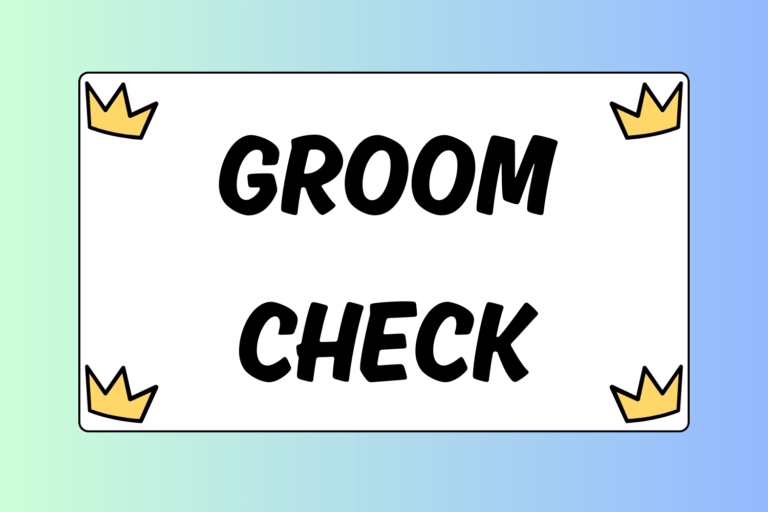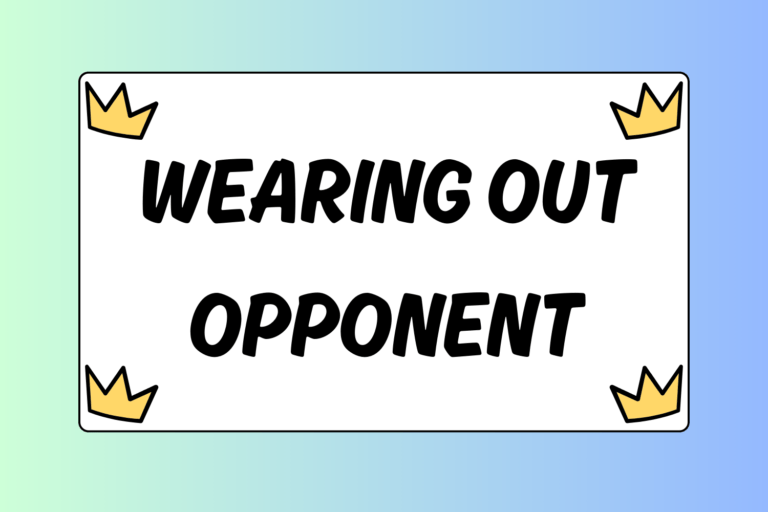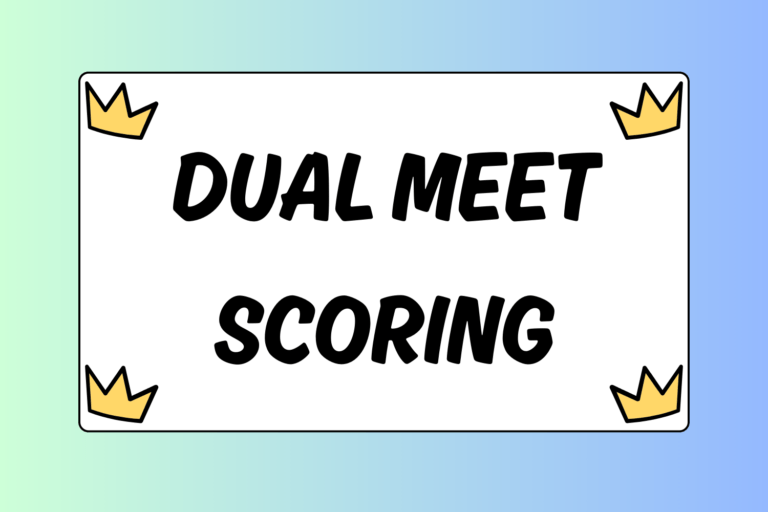One of the most difficult aspects of coaching youth wrestling is teaching your newcomers the fundamentals of the sport. Not only are young wrestlers just beginning to understand how to use their bodies, but their attention spans are much shorter than those of older athletes, which can make drilling the basics almost impossible. However, there are several different kinds of drills you can utilize that are fun and teach your wrestlers the basics. These drills are cleverly disguised as “games” or “exercises.” Keep reading to learn a few of these fun and beneficial drills.
Catch the Tail
This popular exercise can be categorized as both a drill and a game. Either way, it is a fun and beneficial way for young wrestlers to learn how to stay square with an opponent — in other words, stay facing an opponent to prevent him from creating . “Catch the tail” can be done in pairs or in groups, so there are many uses of this activity. This is how it works:
- Make tails: The first thing your wrestlers must do is create some kind of “tail” to place behind their back. A T-shirt, sock, towel, or even paper towel will work for this. Just make sure that your wrestlers create a tail that is long enough to be grasped! (A tail six inches long should work.) Essentially, your wrestlers will place their tail behind their back, tucked in the waistband of their shorts.
- Spread out & start: With their “tails” in their waistbands, spread your wrestlers out on the mat. When you signal for them to start, they will move around in an attempt to pull all of the other wrestler’s tails out of their waistbands. Once a wrestler’s tail has been removed, he is out of the exercise until a winner is declared. Also, if a wrestler moves outside of the area you have designated for the game — the circle, the mat, etc. — he will be eliminated.
- Declare a winner: Allow your wrestlers to continue this activity until there is only one wrestler left on the mat with a tail. When one wrestler is declared the winner, call the eliminated wrestlers back on the mat. Once they position their tails again, you can begin another round of this activity.
Note: Be sure to encourage your wrestlers to use the techniques that they know in order to catch another wrestler’s tail. (The Armdrag is a good technique to use in this game.)
Hot Tip: Pair Them Up
Young wrestlers, or wrestlers that have little experience, should be paired-up rather than put in a large group. Match your wrestlers up by ability, and start them facing one another. This will allow your young wrestlers to reap the benefits of this exercise without being eliminated too quickly.
Sumo
The simple “Sumo Drill” is another fun activity for youth wrestlers. This drill helps your wrestlers develop their balance, and also teaches them how to move an opponent. The “Sumo Drill” is also good to use to prepare your new wrestlers for competition; it will essentially get them ready to make contact with and compete against another person.
- Pair up: To start the drill, pair your wrestlers up. It’s best to match them by similar size and ability, but it’s not crucial.
- Designate a space: Spread the pairs of wrestlers out on the mat. Next, designate a specific space for them to perform this drill. The best way to do this is to use the small practice circles that are typically painted on the mat. If your mat does not have practice circles, simply use masking tape or mat tape to create small areas (roughly five to six feet in diameter) for your wrestlers to use. Position each pair of wrestlers inside of this area, facing one another.
- Sumo!: Signal for your wrestlers to start. They may use their body in any way they can to push their opponent out of the circle. If any part of a wrestler’s body touches outside of his area, he is eliminated. Allow your wrestlers about 30 seconds to try and push each other out, but keep them going if they need more time.
- Re-pair & continue: After the first round of Sumo, pair up your wrestlers again. Match the wrestlers who won their first Sumo bout with other winning wrestlers, and the wrestlers who were eliminated with similar wrestlers. This will allow them to learn despite being “eliminated.”
- Find a winner: Continue this process of matching your wrestlers up after each round until one wrestler has beaten all of his opponents. Also, continue matching up the wrestlers who have been eliminated with an opponent that they have not faced.
Monkey Rolls
“Monkey Rolls” — also known by various other names, including “barrel rolls” — is a great drill for youth wrestlers. This drill is important for two main reasons. First, it allows your wrestlers to build kinesthetic awareness, or in other words, it helps them become more aware of how they move and position their bodies. Secondly, it’s a fun, medium-intensity cardiovascular workout. Here is how to perform this drill:
- Groups of three: Put your wrestlers in groups of three. This exercise requires rolling and jumping, so make sure to spread them out on the mat.
- Starting positions: One wrestler starts lying on the mat, face-down; at this stage, it doesn’t matter which. The remaining two wrestlers of the group will stand facing him on each side of his body, roughly five feet away from him.
- Starting rolling!: When you signal for the drill to start, the wrestler on the mat will roll on his side towards one of his partners (it does not matter which direction he chooses).
- Jump & roll: When the rolling wrestler is about to touch the feet of one of his partners, that partner will jump as far as he can over him, and begin rolling towards the other wrestler who still remains standing. The wrestler who was originally lying on the mat will quickly get to his feet to immediately replace the wrestler who jumped over him.
- Continue to roll: This same process will continue. The wrestler who jumps will roll towards the other wrestler who remains standing. The standing wrestler will then jump over the rolling wrestler (once that wrestler approaches his feet) and roll in the opposite direction. The wrestler who is jumped over will quickly get to his feet and take the standing wrestler’s place. Encourage your wrestlers to keep jumping and rolling as quickly as they can. Continue the drill for anywhere from 30 to 60 seconds, in sets of three to five.
Keep It Fun!
Teaching your youngsters the fundamentals of wrestling is important, but making sure they have fun while they learn is critical. Doing so will keep them interested in the sport and willing to give you their best efforts. Once they gain some experience, they can start performing more regimented and demanding drills. Check out our guide Wrestling Drills: Beginner for more drills that are great for youth and beginning wrestlers. Good luck!





